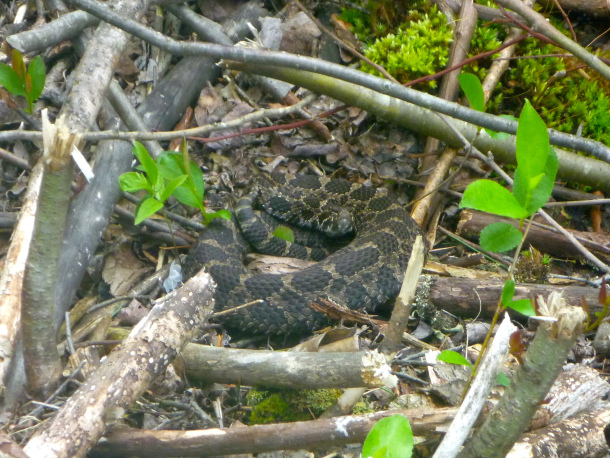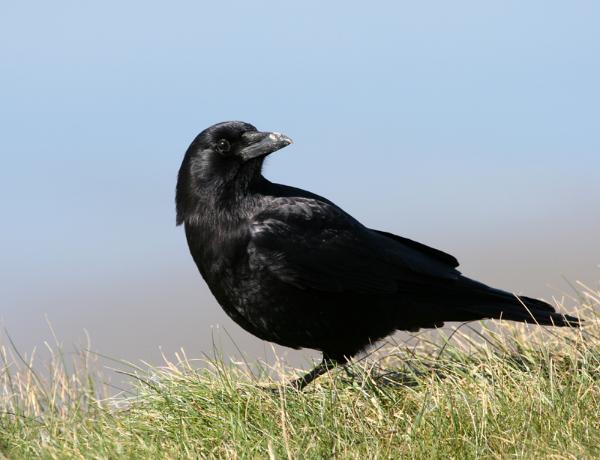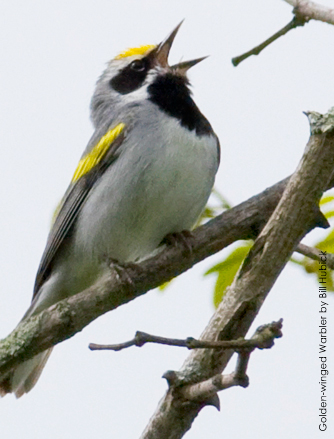Many states have special hunting licenses for disabled veterans. Some states have hunting areas that honor veterans in name or in deed. But Adventurers and Scientists for Conservation gives veterans and conservation a whole new twist. While it’s not news (I could have sworn that I saw it on the front page of the NY Times, but I couldn’t find the article), it is appropriate for the day.
In 2012, Adventurers and Scientists lead three grizzly bear tracking weekends in Montana for veterans and their families.
Read the Sierra Club press release here.
See the Adventurers and Scientists own write-up here, which includes video.
This documentary producer worked with National Geographic to tell the story.
(And yes, we’ve covered Adventurers and Scientists before, here. They are still available to provide adventurers for your hard-to-collect data.)
Thank you to all our veterans, whether they served recently or long ago, in war or in peace.

 Three years of research, more than $60,000 in funding, and continual habitat manipulation is the secret to resurrecting a degraded swamp in New York into basking habitat for one of the state’s slithering residents.
Three years of research, more than $60,000 in funding, and continual habitat manipulation is the secret to resurrecting a degraded swamp in New York into basking habitat for one of the state’s slithering residents. Antibiotic resistance isn’t just for humans and farm animals. An article in
Antibiotic resistance isn’t just for humans and farm animals. An article in 